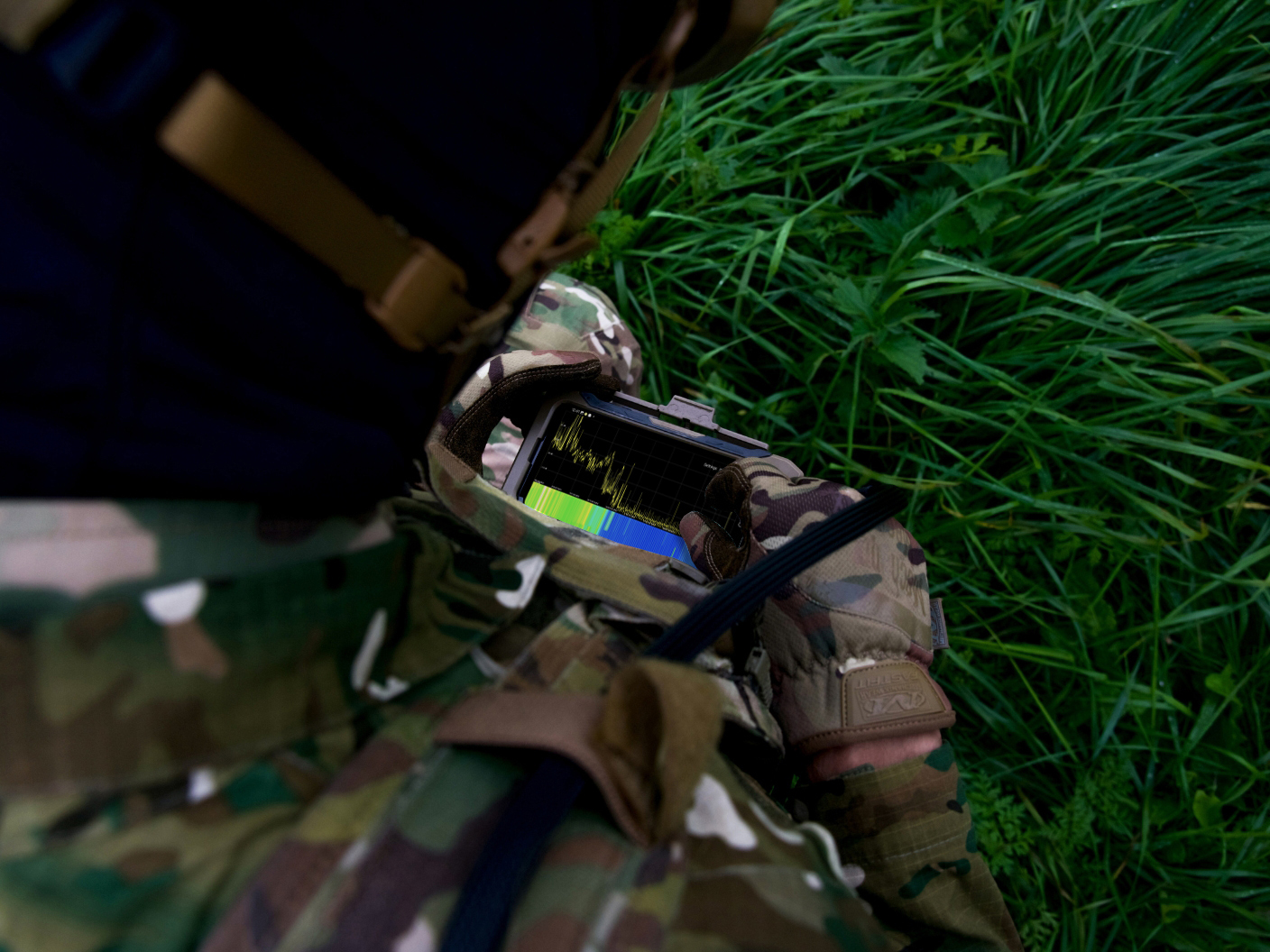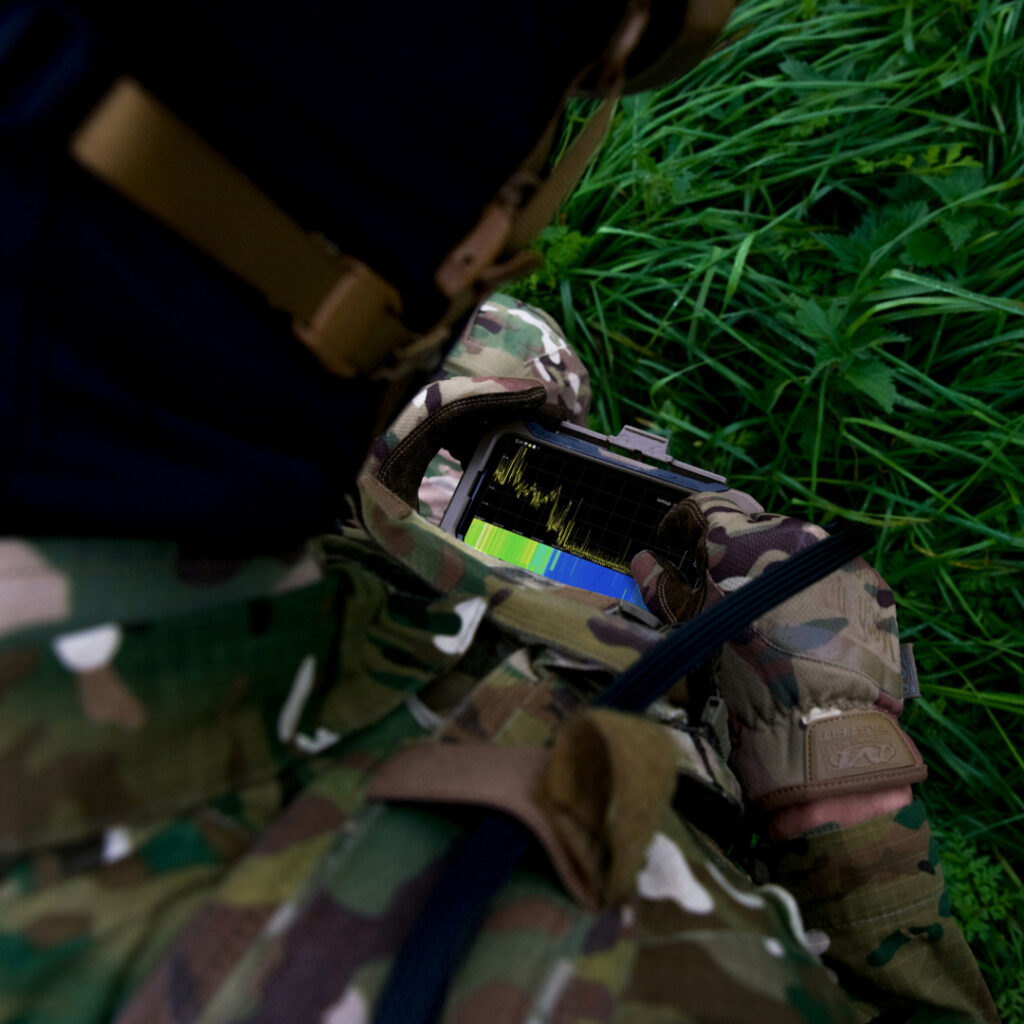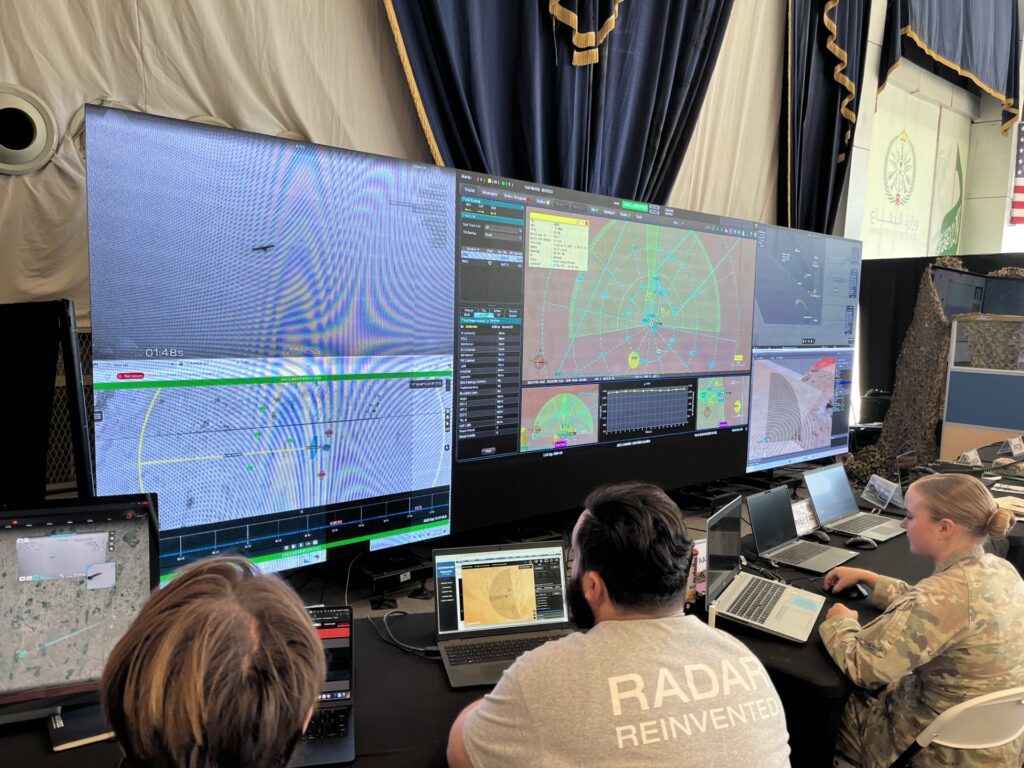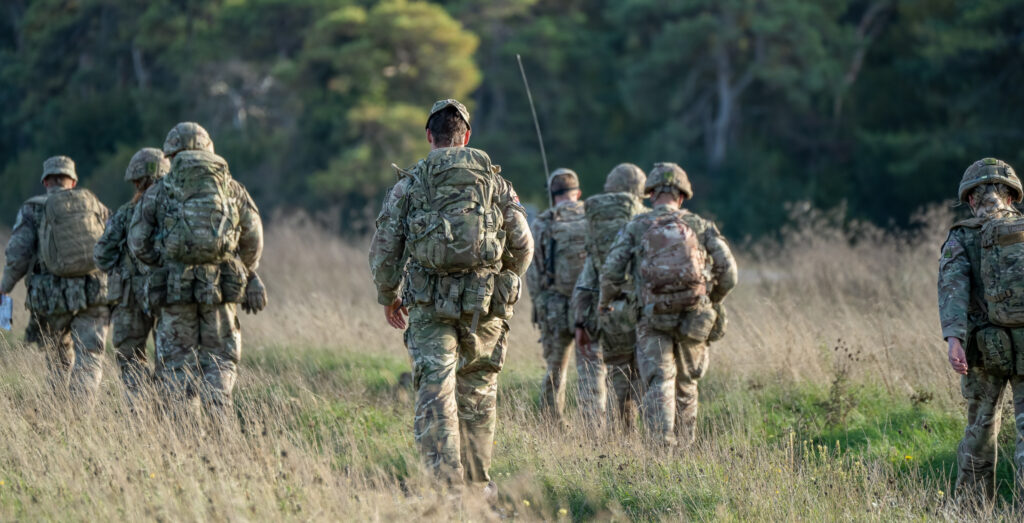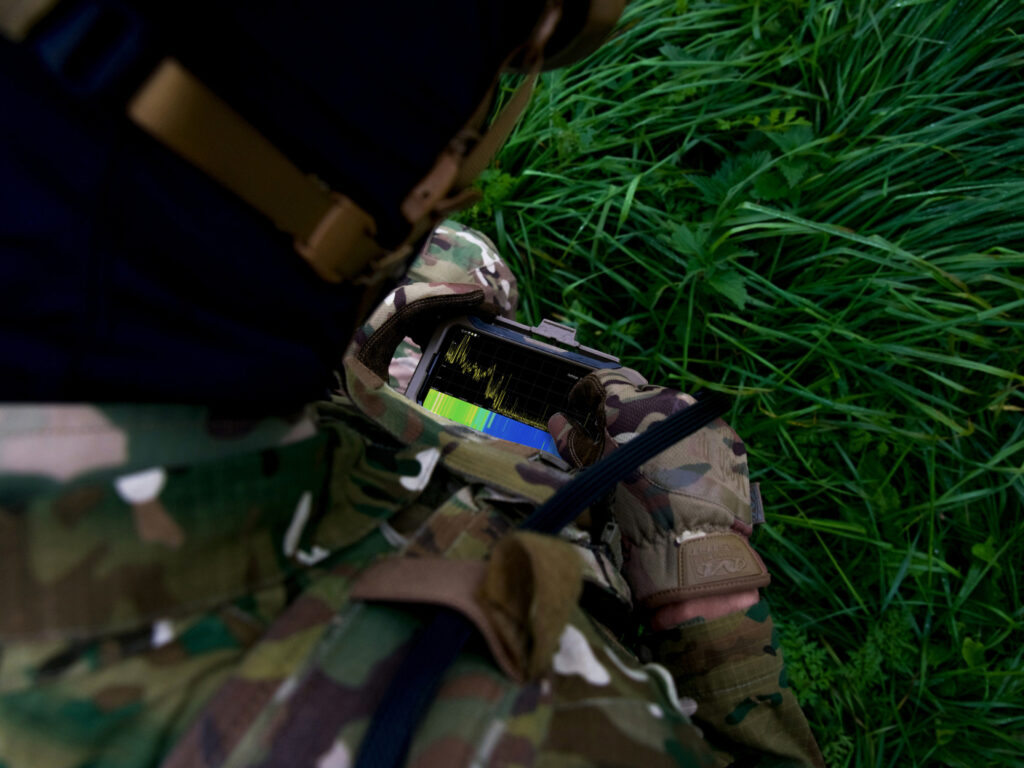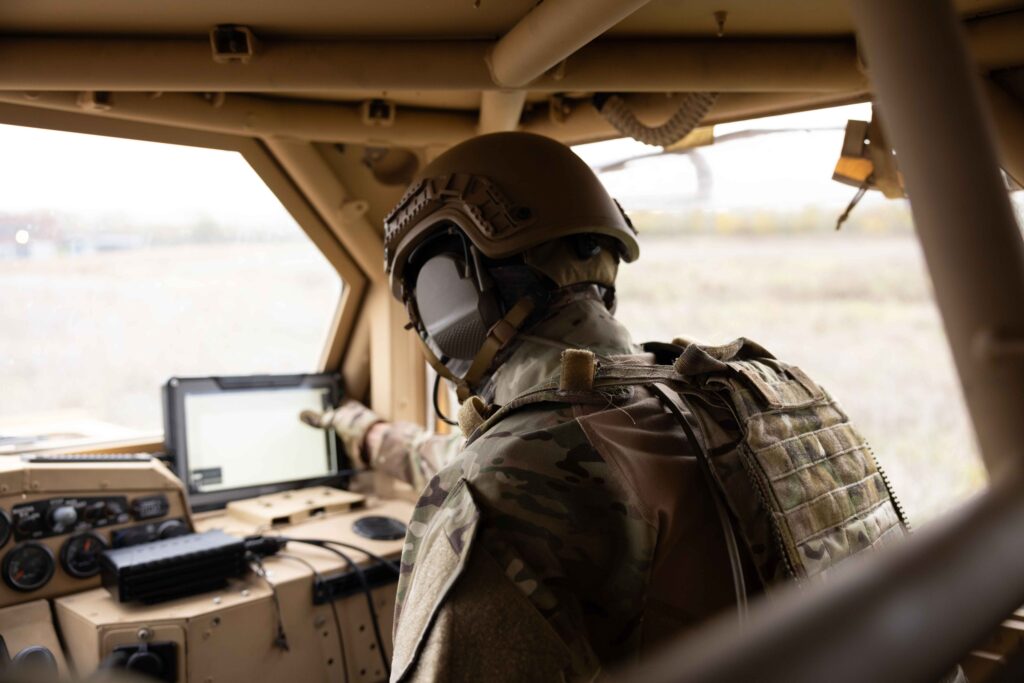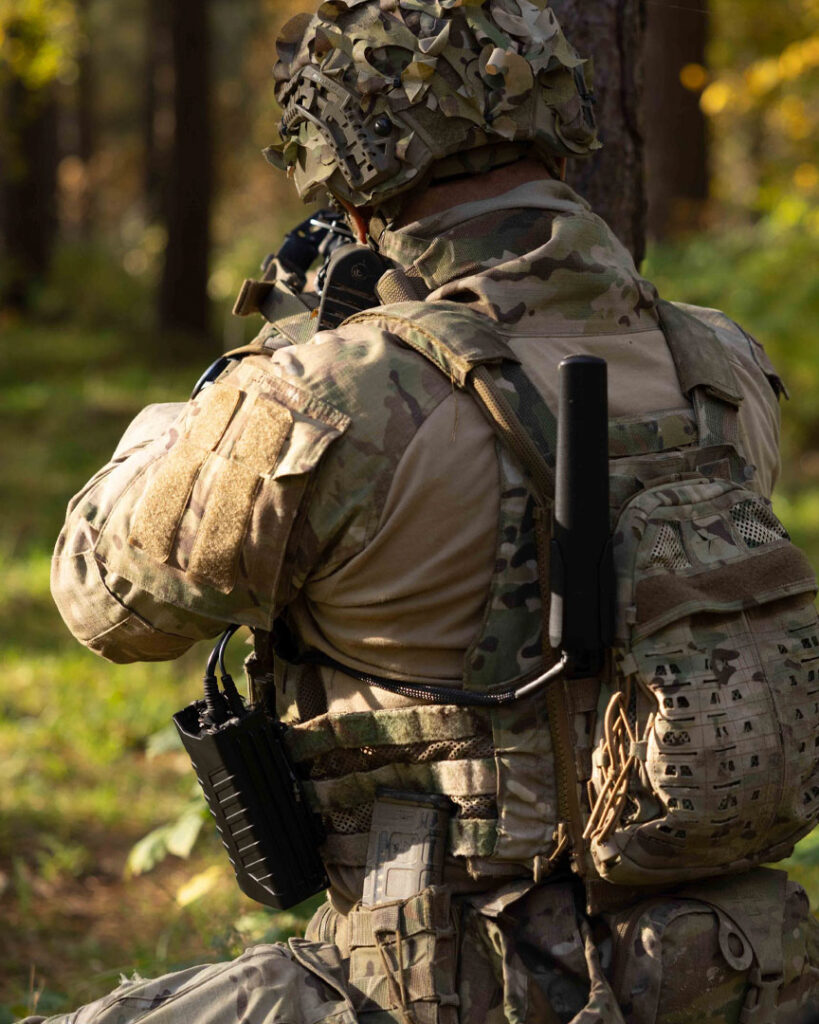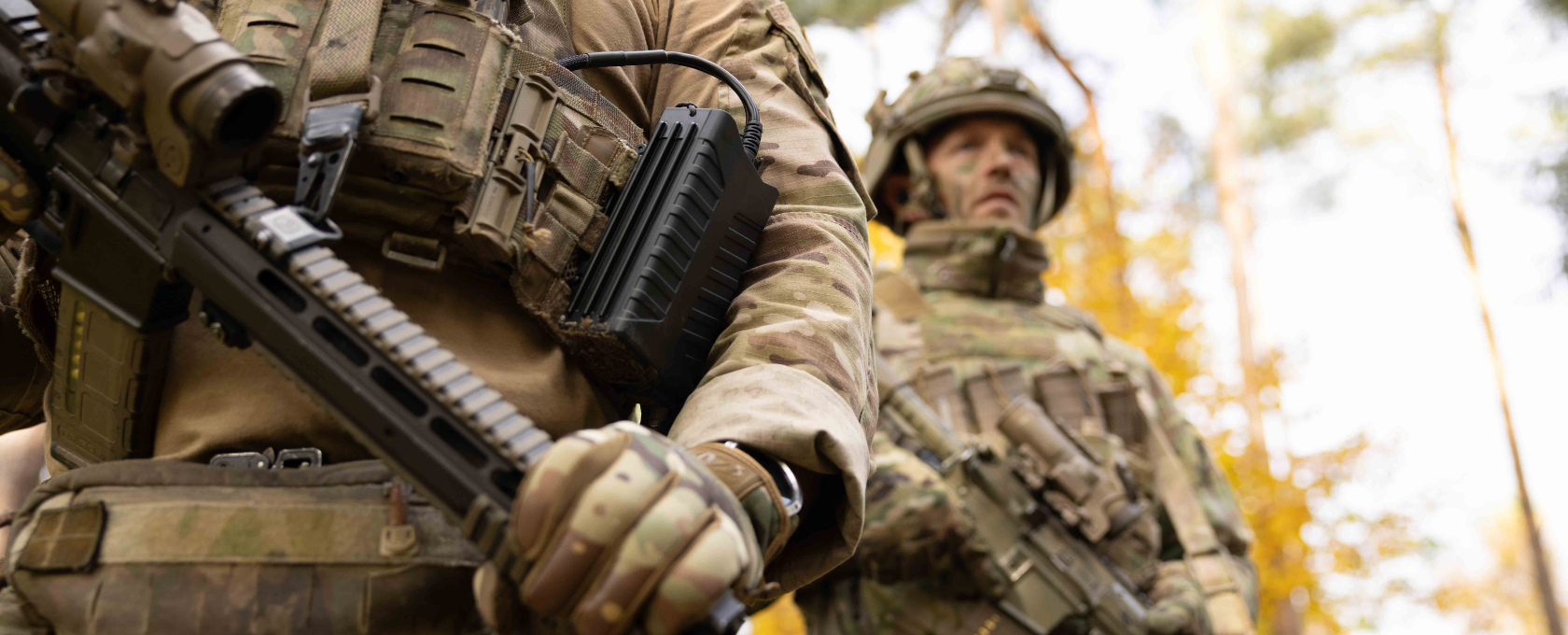
The Sky Is the New Frontline
Victory Belongs to Those Who Command the Electromagnetic Spectrum
As we have emphasized previously, the acceleration of electronic warfare, rapid drone deployment, and continuous technological advances are fundamentally reshaping global defence strategies.
European nations are significantly increasing their military budgets in response to growing security threats. Defence expenditures across the EU are projected to reach approximately €326 billion in 2024 – over 30% higher than in 2021. Sweden, for instance, plans to boost its defence spending to 3.5% of GDP by 2030.
While these investments will provide Europe with advanced military equipment on a scale previously unseen, there’s an urgent vulnerability that remains inadequately addressed. A simple $200 commercial drone armed with a grenade can disable a million-dollar tank. Compounding this risk, Russia plans to produce between 3 and 4 million drones in 2025 alone, signifying an unprecedented aerial threat.
Yet, despite this imminent danger, many military vehicles and installations lack integrated Counter-Unmanned Aerial Systems (C-UAS). In today’s battlefield environment, where threats from above are constant, investing in robust C-UAS capabilities is no longer optional but essential for operational survival and effectiveness.
Tomorrow’s Defence Equipment and Strategies Must Be Modernized
The soldier’s role in warfare and equipment needed have changed in lighting speed along with technology. Today, survivability and effectiveness rely not only on traditional defences like body armor, rifles, and armored vehicles but increasingly on integrated technologies capable of ensuring operational superiority. Modern soldiers must have systems that detect, disrupt, and neutralize aerial threats in real-time. Deploying troops without these technologies leaves them dangerously unprepared for modern warfare.

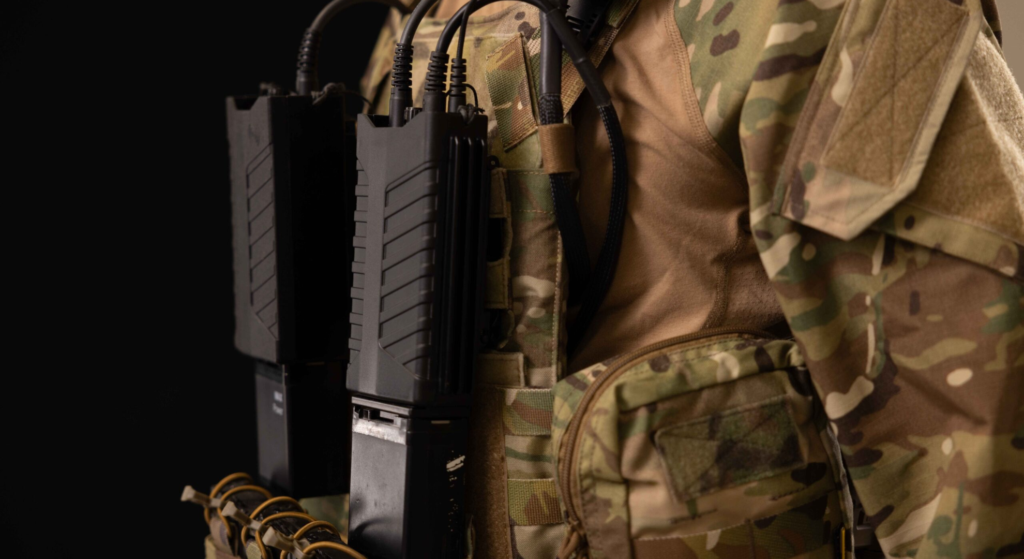
The Critical Need for C-UAS
Military investments must address the real threats soldiers face today. Every vehicle, operational unit, and forward operating base requires advanced C-UAS protection. The cost of ignoring this reality is significant: multi-million-dollar military assets risk destruction by enemies capable of mass drone attacks at minimal cost.
The Sky Is No Longer Empty
Drones are not a distant threat – they are present, affordable, highly effective, and increasingly ubiquitous. This new reality demands an immediate shift in defence strategies. Investing in C-UAS is not only about staying ahead; it is about survival on today’s and tomorrow’s battlefield. The question is not whether military forces need C-UAS, but how quickly they can implement these systems before the modern battlefield makes their current defences obsolete.
War has changed. Are we adapting fast enough?


